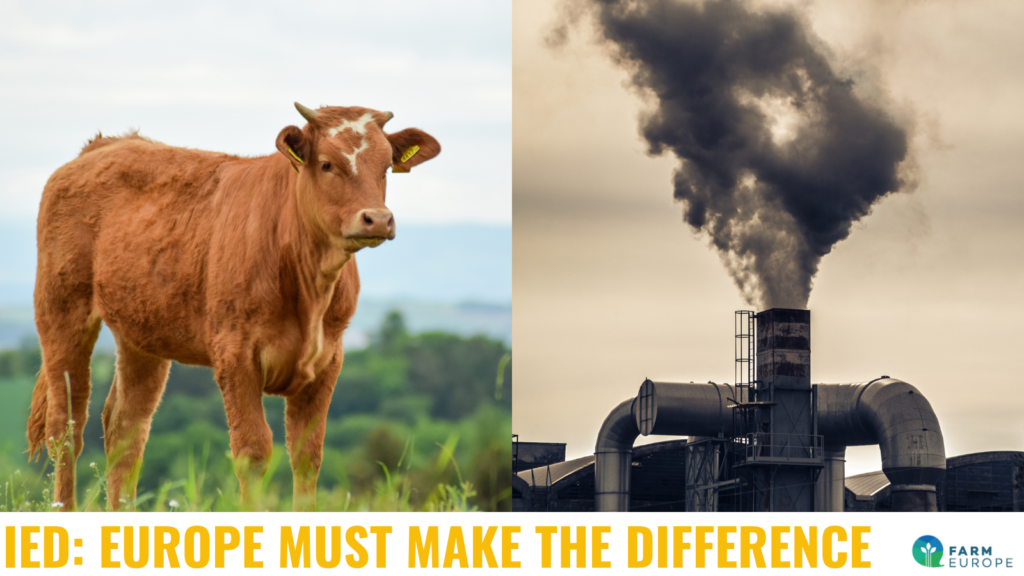IED: beyond politics, good reasons not to include ruminant livestock
The final negotiations on the directive on industrial emissions will address major issues for the future of European livestock farming. There are good reasons to avoid making the mistake of including ruminant livestock farming within the scope of this regulation.
We consider that the inclusion of ruminant livestock in the scope of IED would even achieve exactly the opposite of what it intends to do, fostering the trend of this industry toward intensification, while decision-makers aim at promoting extensive livestock farming because of its multiple co-benefits including for carbon storage, landscape features and biodiversity.
That’s why we fully support the approach of the European Parliament on this file, and consider that EU Member States shall follow this path, excluding ruminant livestock from the scope of this regulation, and addressing the challenge of emissions in other dedicated regulatory framework, better grasping the complexity and the need for holistic approaches of this specific sector.
Dealing with the sustainability of livestock farming solely through the lenses of emissions would offer a premium to the most intensive livestock farming models, in a position of optimising the management of their emissions to the maximum, and missing out on all the positive amenities associated with grass-based livestock farming.
The directive on industrial emissions provides for the development of best available agricultural techniques (BAT) to take account of each type of livestock farming. The environment ministers are considering a derogation for extensive livestock farming, to exclude farms with less than 2 cattle per hectare. As such, these ideas demonstrate the specific nature of the sector. But in some cases, if those derogations are a response to the administrative burden associated with the IED, they do not resolve the most fundamental problem: future market development, which will give the direction of livestock farming in the future.
If, in the future, certain type of livestock farming can be draped in virtues on the basis of emissions alone, it is on this parameter alone that major buyers, especially those quoted on the stock exchange will make their purchasing choices in order to comply with the ESG parameters valued by the financial markets. Priority for them will be given to reducing emissions from upstream agriculture, at the expense of all other co-benefits, including animal welfare, biodiversity and balanced regional development.
Therefore, rather than regulating livestock farming via a simplistic approach, it is appropriate to develop an ad hoc pathway to reducing emissions within a broader framework that takes account of the storage capacity of grasslands and all the other parameters specific to this type of farming, including biodiversity, the impact on the landscape and the contribution to the economic development of remote areas.
In other words, we need to recognise the reality that ruminant livestock farming is not an industrial activity in Europe. It has no place in a directive on industrial emissions.
